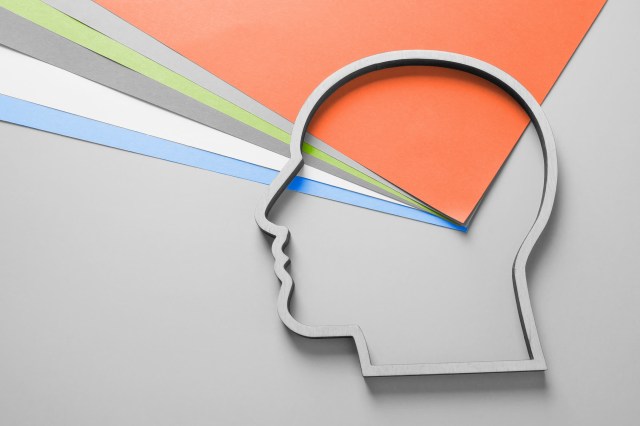
Ancient Civilizations Used Color Therapy To Treat Ailments
Color therapy, or chromotherapy, might sound like a type of New Age science, but using specific colors to promote mental wellness has been in practice since around 2000 BCE. Ancient civilizations in Egypt, Greece, China, and India dabbled in primitive chromotherapy to treat various physical and mental ailments. Early healers used minerals, crystals, salves, dyes, garments, oils, and plasters in specific hues to treat everything from general aches to fertility issues to nosebleeds.
Ancient Egyptians and Greeks took their chromotherapy one step further by introducing elements of phototherapy. These civilizations built “healing temples” where sunlight shone through jewels or gemstones such as rubies and sapphires to cast a different colored light in the temple’s many rooms. Practitioners would then place patients in a specific colored room depending on the ailment they were looking to cure.

Color Psychology Helped Determine Paint Colors for Jail Cells
The color of the walls might not be the first thing you think of when imagining a jail cell, but in the late 1970s and early 1980s, prison paint colors became a divisive topic of conversation. A 1985 study hypothesized that a specific shade of pink, named Baker-Miller Pink (think: Pepto Bismol), helped pacify inmates, reducing aggression and violent outbursts. While the researchers behind the study hypothesized that this particular shade of pink affects the brain’s response to stress, follow-up empirical examinations were unable to produce the same results. Nevertheless, prisons across the world began repainting their walls with the same pink hue, with varying degrees of success.

Chromotherapy Helps Determine the Color of Pills
Imagine two pieces of fresh fruit: One is vibrant and rich in color, and the other is pale and muted. More often than not, we’ll consider the former to be fresher and tastier, even if that isn’t actually the case. The same goes for medications. For example, we might subconsciously assume a calming blue pill would be more effective as a sleep aid than a bright, zingy yellow.
Color psychology even plays a role in how likely a patient is to continue taking their medication. A 2013 study found that patients who were taking a prescription medication whose color was unexpectedly changed by its supplier were 50% more likely to stop taking the drug. Those who continued to take the drugs despite the color change were also more likely to assume the medication was less effective.
More Interesting Reads

We’re More Likely To Forget Black-and-White Images
If given the option between looking at something in black and white or full color, many of us would choose the latter for its more realistic representation of the world around us. But according to a German study, this is more than just a matter of preference. Our brains are actually more likely to remember things we see in color. Researchers showed study participants 48 photographs, some in color and some in black and white, and the participants overwhelmingly recalled the full-color pictures more easily.
“It appears as if our memory system is tuned, presumably by evolution and/or during development, to the color structure found in the world,” the study’s co-author, Dr. Karl Gegenfurtner, said in a statement about the research. This could explain why the world contained within black-and-white images and movies can feel almost foreign to us — our systems don’t engage as well when the color structure differs so drastically from our everyday reality.

Colors Are Often Associated With Temperature and Emotions
Color psychology manifests in both universal and culture-specific ways. Temperature associations fall within the former category, and are often explained by nature. We readily associate heat with warm colors, such as red and yellow, because naturally hot things including fire and the sun contain these colors. Conversely, water and forests — typically associated with cooler temperatures — are primarily blue and green, and so we mentally connect those colors with coolness.
We may also use this type of color association to assess someone’s inner temperature, so to speak — their feelings. If someone is hot-headed or angry, they may be more closely linked to the color red, while someone feeling sad or low-energy may be associated with the color blue.
Color-based perceptions can also be rooted in cultural attitudes and beliefs, and can vary across cultures. For instance, in places such as China, Denmark, and Argentina, the color red is thought to bring good luck and prosperity. But in Germany, Nigeria, and Chad, the same color is considered unlucky. And while wearing white in the U.S. often indicates purity or innocence, white clothing in East Asia is a sign of mourning, a stark departure from the typical black mourning clothes seen in much of the Western world.












